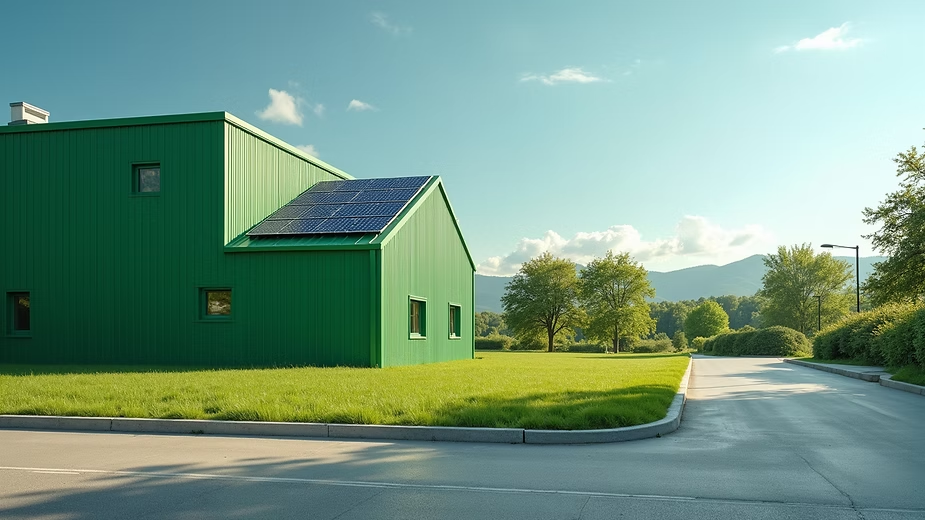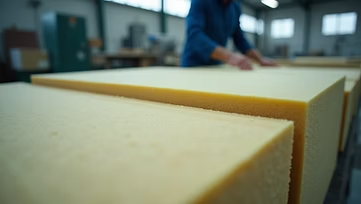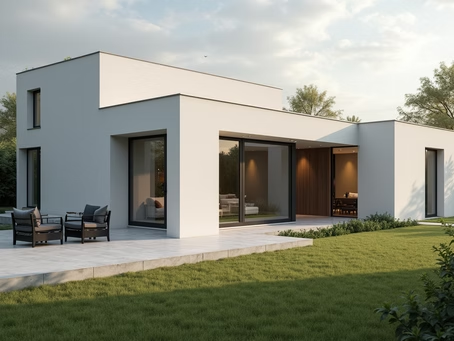S
Sales elementstechnofab
How PEBs Support Green Building and Sustainability Goals
Introduction
As environmental concerns become central to construction practices, industries are shifting towards sustainable solutions that reduce carbon footprints and support long-term ecological balance. One such solution making a strong impact is Pre-Engineered Buildings (PEBs). PEBs not only offer speed and cost-effectiveness but also align perfectly with green building and sustainability goals.
PUF Panels in Prefab Homes
- Lower Carbon Footprint:
PEBs are manufactured using high-strength steel, a recyclable material that reduces dependency on traditional construction resources like cement and bricks. Their off-site fabrication minimizes transportation needs, on-site waste, and emissions, resulting in a significantly lower carbon footprint.
- Efficient Use of Resources:
PEBs are manufactured in controlled factory environments, ensuring optimal use of materials with minimal waste. Advanced design software helps calculate exact quantities, reducing overuse and scrap. Materials like steel used in PEBs are recyclable, making the entire structure more eco-friendly and sustainable.
- Rapid Construction with Minimal Site Disturbance:
PEBs offer 30–50% faster construction timelines than conventional buildings. This rapid erection reduces environmental impact at the project site, less machinery, lower noise pollution, and minimal disruption to the local ecosystem.
- Design Flexibility for Sustainable Integration:
PEBs are highly adaptable for incorporating sustainable elements like solar panels, skylights, natural ventilation systems, and rainwater harvesting units. Their modularity allows easy modifications and future expansion, supporting long-term green building strategies
- Energy-Efficient Designs:
PEBs can be easily integrated with insulation panels like PUF or Rockwool, which enhance thermal efficiency. This helps maintain indoor temperatures, reducing dependence on HVAC systems and resulting in lower energy bills and reduced greenhouse gas emissions.
- Adaptability to Renewable Energy Systems:
Pre-engineered roofs are suitable for installing solar panels and other renewable energy systems. This makes it easier for building owners to move towards net-zero energy buildings, a major step in sustainable development.
- Durability and Low Maintenance:
PEBs are highly durable and require minimal maintenance, which reduces the long-term resource use and maintenance-related emissions. Their long service life further supports sustainability by delaying the need for reconstruction.
- Support for Green Certifications:
PEBs contribute to various green building rating systems such as IGBC, GRIHA, and LEED. Factors like energy efficiency, use of recycled materials, waste reduction, and sustainable site practices make PEBs a valuable choice for certification-focused projects.
Conclusion
Pre-Engineered Buildings are not just about faster and smarter construction, they are also a strong ally in achieving sustainability targets. From design to construction and long-term use, PEBs offer multiple advantages that align with global green building standards. For industries looking to build responsibly, PEBs are a step in the right direction.
At Elements Technofab Pvt Ltd., we specialize in designing and manufacturing eco-friendly, energy-efficient Pre-Engineered Buildings (PEBs) that align with modern green building standards.
Whether you're aiming for sustainability certifications or simply want to reduce your project's carbon footprint, our expert team is here to help.
Contact us today for a free consultation and let’s build a future that’s stronger, smarter, and greener, together.

Recent Posts
Lets Get in Touch!
We're here to answer your questions and are eager to assist you. Contact our trusted team today.
Call us
+91 9011009690

